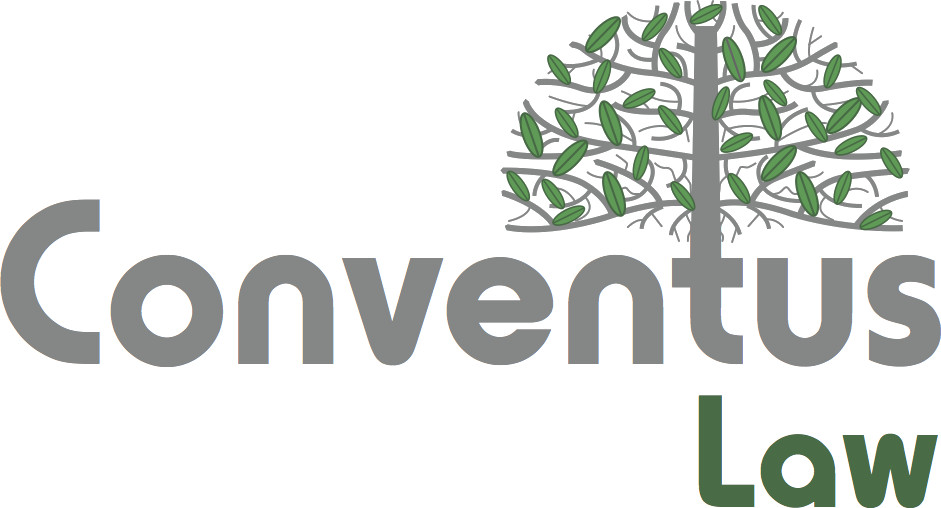For in-house legal teams, the word ‘crisis’ triggers a well-worn checklist: urgent cross-functional meetings, immediate external counsel instructions, media holding statements and regulatory notifications. Yet too often, this can be reactive rather than planned.
The most effective in-house teams already have a framework for responding to crises and steering the business through the challenges with clarity and control. What is the process that allows them to take the lead?
Why In-House Legal Should Lead Crisis Planning
Crisis management sits at the intersection of legal, risk, compliance and business operations. In-house legal teams are well-positioned to lead the design and governance of crisis frameworks because they understand the regulatory landscape and the internal decision-making processes.
At the core, legal will always be involved in data breaches, regulatory investigations, operational failures, or reputational damage. The smarter approach is to formalise that role early.
Defining a ‘Crisis’
One of the first missteps in a crisis is delay; delay in recognising it, delay in escalating it, and delay in acting on it. This usually stems from a lack of clarity on what constitutes a crisis in the first place. Not every situation is a crisis, and not every crisis will look dramatic on day one.
A strong framework includes a clear definition of a crisis, supported by a tiered classification system. For example:
- Level 1 (Green): Business-as-usual legal or reputational issue handled within a single function.
- Level 2 (Amber): Multi-functional issue with external visibility or regulatory exposure.
- Level 3 (Red): Business-threatening crisis requiring executive oversight and external engagement.
Defining these levels in advance enables quicker internal alignment and escalation.
The Legal Playbook: Beyond Firefighting
A robust crisis framework needs a practical legal playbook. This is not a theoretical policy document, it is an operational guide that outlines roles, workflows and pre-agreed actions.
Key elements to include:
- Escalation protocols: Who needs to be informed, and when? Consider parallel escalations to the board, regulators and external counsel.
- Decision-making authority: In a fast-moving situation, unclear sign-off chains lead to paralysis. Map this in advance.
- Legal privilege strategy: Identify how to preserve privilege in written communications and investigations. Ensure all stakeholders understand this.
- Stakeholder maps: Define who speaks to whom, both internally and externally. This includes press, regulators, shareholders and staff.
- Scenario templates: Pre-drafted documents for the most likely crisis events (e.g. data breach notification, dawn raid checklist etc).
Many teams find it helpful to incorporate these into a shared legal operations platform for easy access.
Cross-Functional Integration is Key
Crisis response should never be run solely by legal. The most effective frameworks are integrated across functions. Legal needs to work in concert with comms, HR, IT, compliance and risk. Establishing a core crisis response group is vital.
This group should be trained, run simulations together and clearly understand each other’s roles. Crisis simulations can feel artificial, but they expose gaps and help relationships form in peacetime rather than panic.
This alignment can also support obligations to demonstrate effective governance and risk management systems for regulated businesses.
Getting the Data Right
Decisions made in the first 24 hours of a crisis often shape long-term outcomes. Legal teams need access to the correct data at the right time. This might mean:
- Pre-agreed access to internal systems for forensic purposes
- Clear communication channels during outages or breaches
- Defined data collection processes during investigations
In-house legal teams should consider collaborating with IT and security teams to formalise protocols for handling data in crisis scenarios. This will protect legal integrity and business continuity.
Training and Testing: Making It Real
Even the best-documented framework is useless if no one knows how to use it. Crisis readiness depends on regular training, scenario walkthroughs and post-incident reviews. Legal should lead or co-lead these exercises, ensuring that legal risks are well understood and that the team is operationally ready.
Consider a quarterly or biannual simulation involving real-time decision making. Choose different scenarios each time: a ransomware attack, a supply chain failure, a whistleblowing claim. Rotate the lead across functions to test agility and understanding.
Post-crisis reviews should also be part of the cycle. Treat each incident as a learning opportunity. What worked, what didn’t, and where were the blind spots?
Document Control and Record Keeping
In the rush of crisis response, documentation often falls by the wayside. Legal teams should ensure records of decisions, communications and legal advice are maintained carefully. This serves compliance and reputational purposes and can protect the business if scrutiny arises later.
Centralised storage and defined document owners can help manage this burden without overwhelming busy teams.
Final Thought: Build Before You Need It
The reality is that when a crisis hits, you will not have time to write your plan. It must already exist, be tested and be known. In-house legal teams have a pivotal role to play, not just as responders but as architects of a structured, intelligent approach to crisis management.
A well-built framework is the operational backbone that enables businesses to respond quickly, consistently, and with legal discipline when it matters most.






